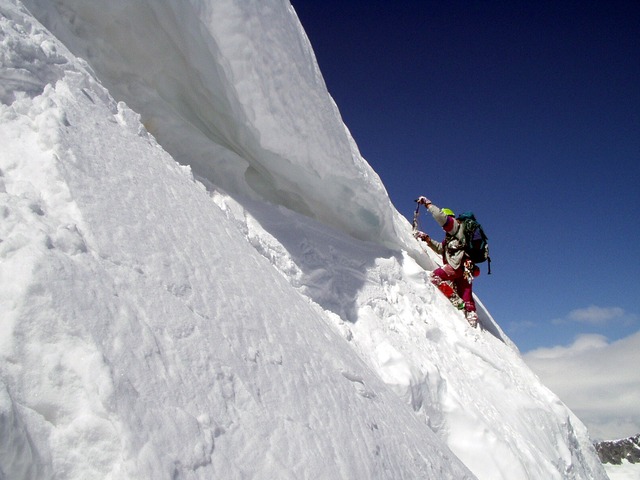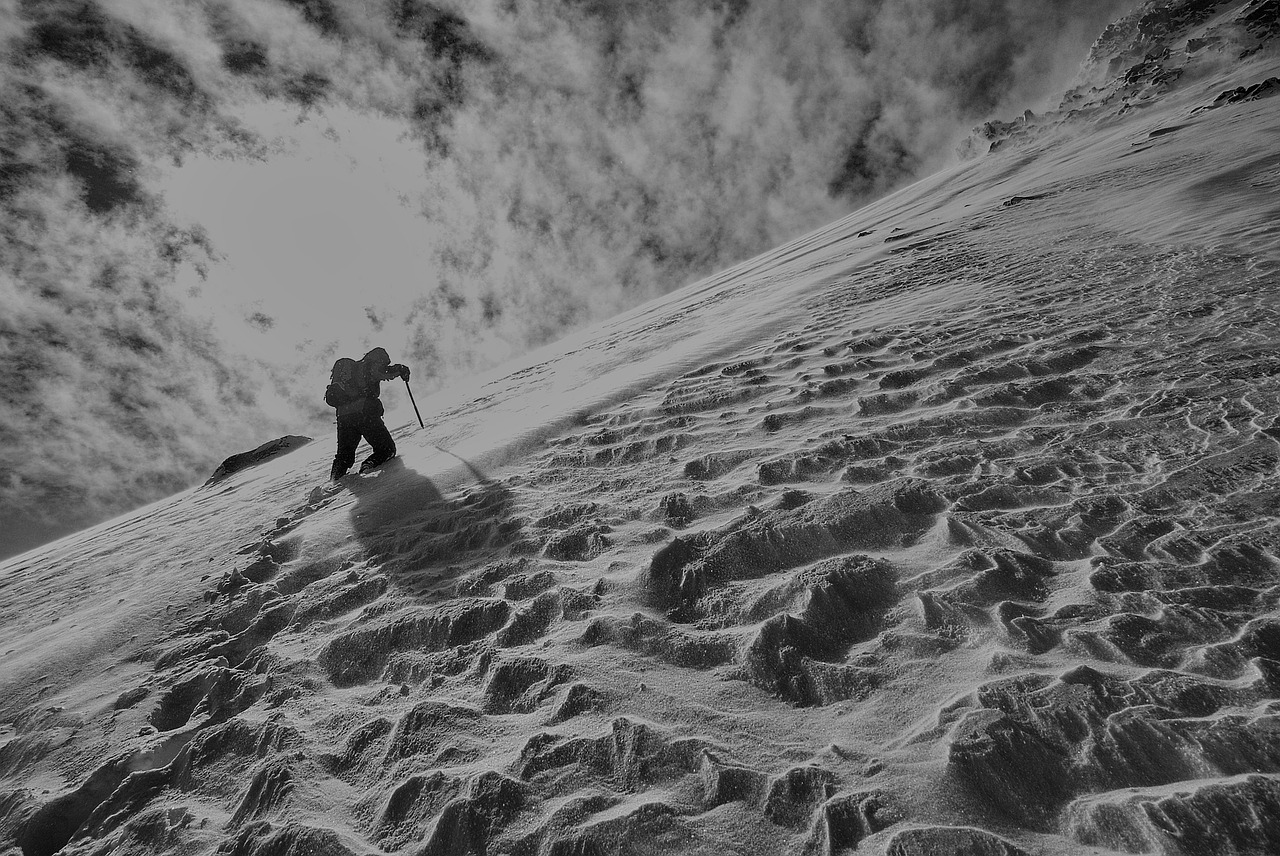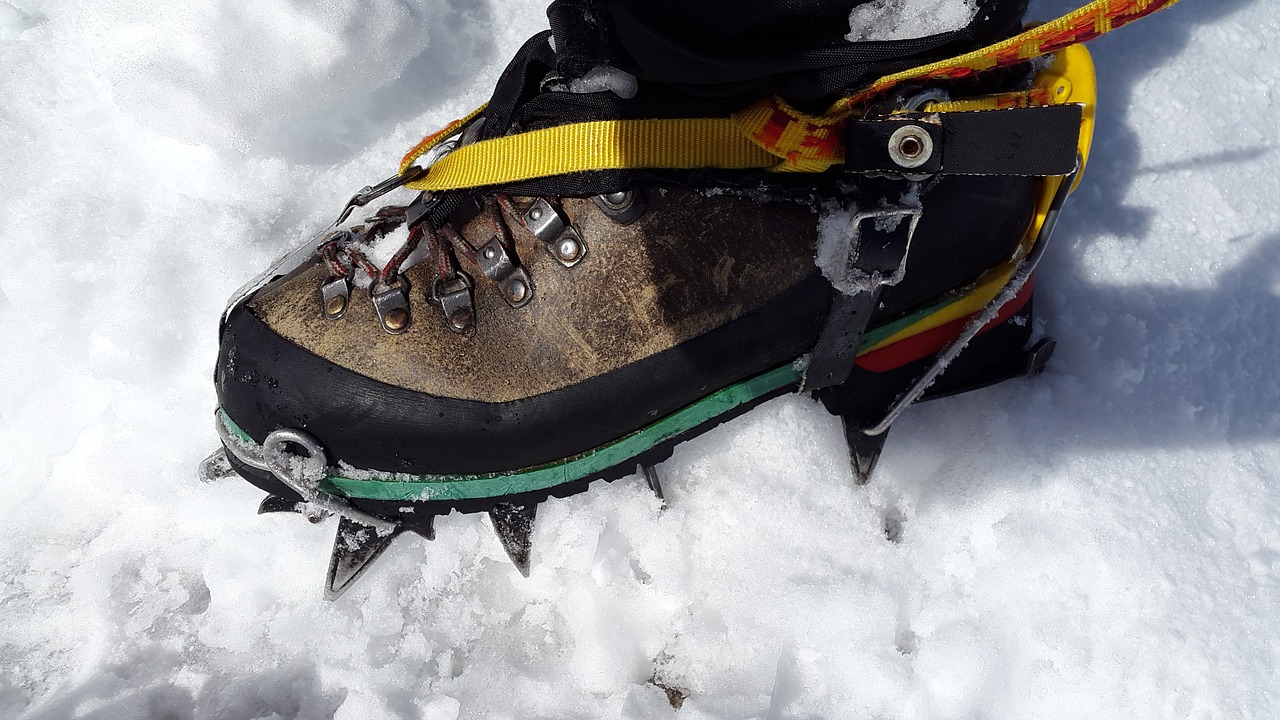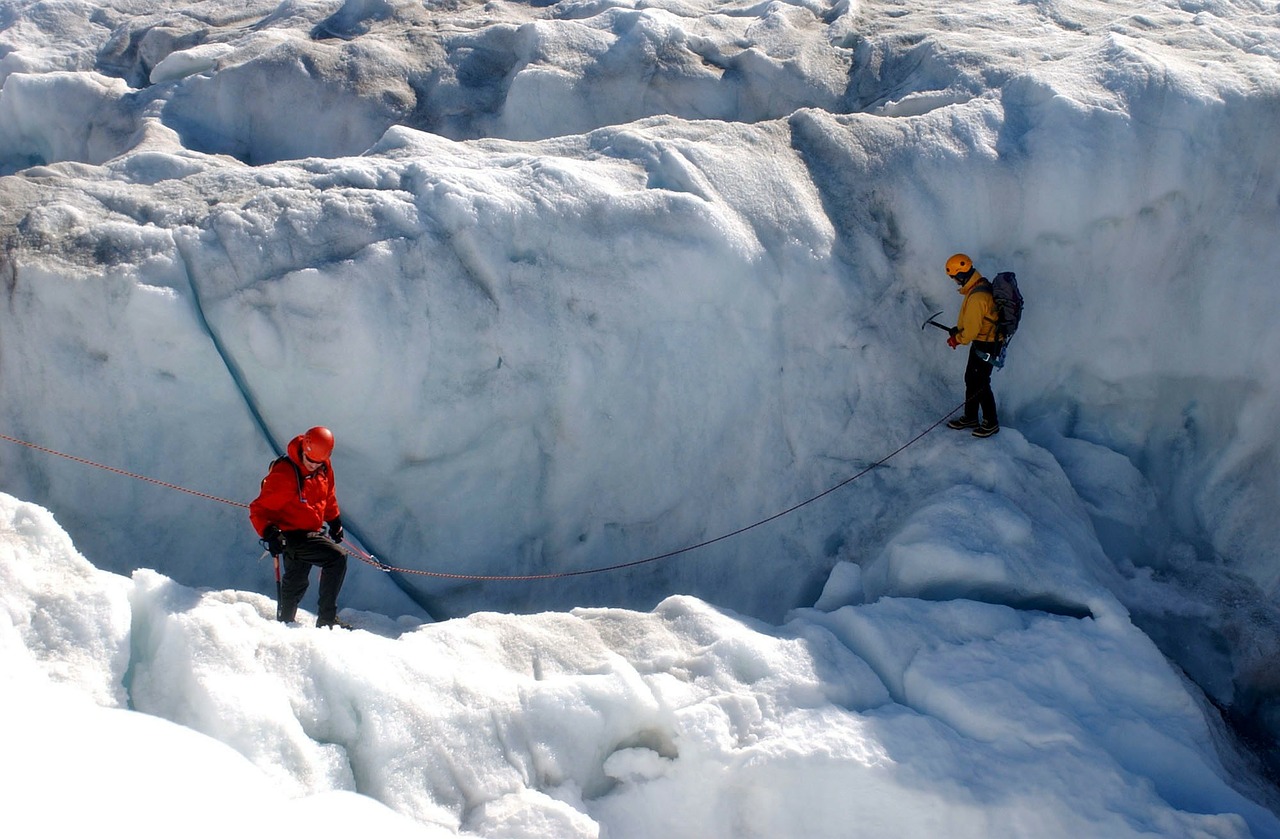Top Tips for Winter Climbing
It’s winter and so it’s easy to think that you need to be stuck inside on the climbing wall rather than outside, but that’s just not the case, so, if this is you it’s time to leave that cozy fakery and strike out into the wilderness.
If you already have some climbing experience, even if it’s just summer time climbing, you will find most of your skills are transferable to winter climbing. Make sure you have some mountaineering basics such as navigation before you head out.
Remember that you always need to have some mountaineering basics under your belt, such as a base level of fitness, navigation, knowing how to use your equipment etc, before you head out for your adventures.

Weather and Avalanche
It’s cold and darkness comes on early in the winter so plan ahead for such conditions, start early and plan your route carefully. Carry a head torch, high-calorie snack and extra clothing, be ready for anything.
Check the weather carefully. Weather in the mountains can and regularly does change rapidly, so always be aware of your environment. Check out about mountain weather before you head out, it could save your life or make your plans more realistic.
Check the avalanche forecast. It is never a good idea to trigger one so it’s worth learning a bit about them, most people caught in them have accidently triggered it themselves. Learn about snow pack as snow comes in various types, and different snow layers have different trigger points for an avalanche to occur. Use online and face-to-face resources and experts in the local area to help you gain knowledge and get a feel for the area you’re going into.

Climbing
Rack up on flat ground even if it’s before the start of your climb. Minimize your rack and use the appropriate gear for winter climbing.
Choose carefully where you belay, you don’t want to be showered with snow ice and rock if you are seconding.
Don’t climb below other parties for the same reason. Be aware that belays may not be as good as in summer, so be cautious and get your first runner in as soon as you can.
Wear a good helmet. Get one you can fit a warm hat under to help you stay warm.
Be aware of large cornices, they can bring your climb to a halt. Assess your route using avalanche reports, guidebooks and by asking the locals who climb there.

Communication
Work out a communication system with your partner early, not mid-way up the mountain. Be aware bad weather may make communicating challenging. Also, leave your itinerary with someone before you start off just in case someone needs to come looking for you.
Finishing
The last pitch of a route can be steep and covered in snow. Work out where you plan to finish and don’t forget about planning how you are coming back down after the climb is over. It’s better to have an idea before you hit the top and find yourself in a howling gale on a plateau.
You can’t learn all you need to know from magazines and online. But do the research, and team up with experienced climbers. Think about day courses or hiring a guide for the day. It is an exciting and rewarding sport to explore and develop. It just takes practice and perseverance.

If you have any comments then please drop us a message on our Outdoor Revival facebook page
If you have a good story to tell or blog let us know about it on our FB page, we’re also happy for article or review submissions; we would love to hear from you.
We live in a beautiful world, get out there and enjoy it.
Outdoor Revival – Reconnecting us all with the Outdoors





